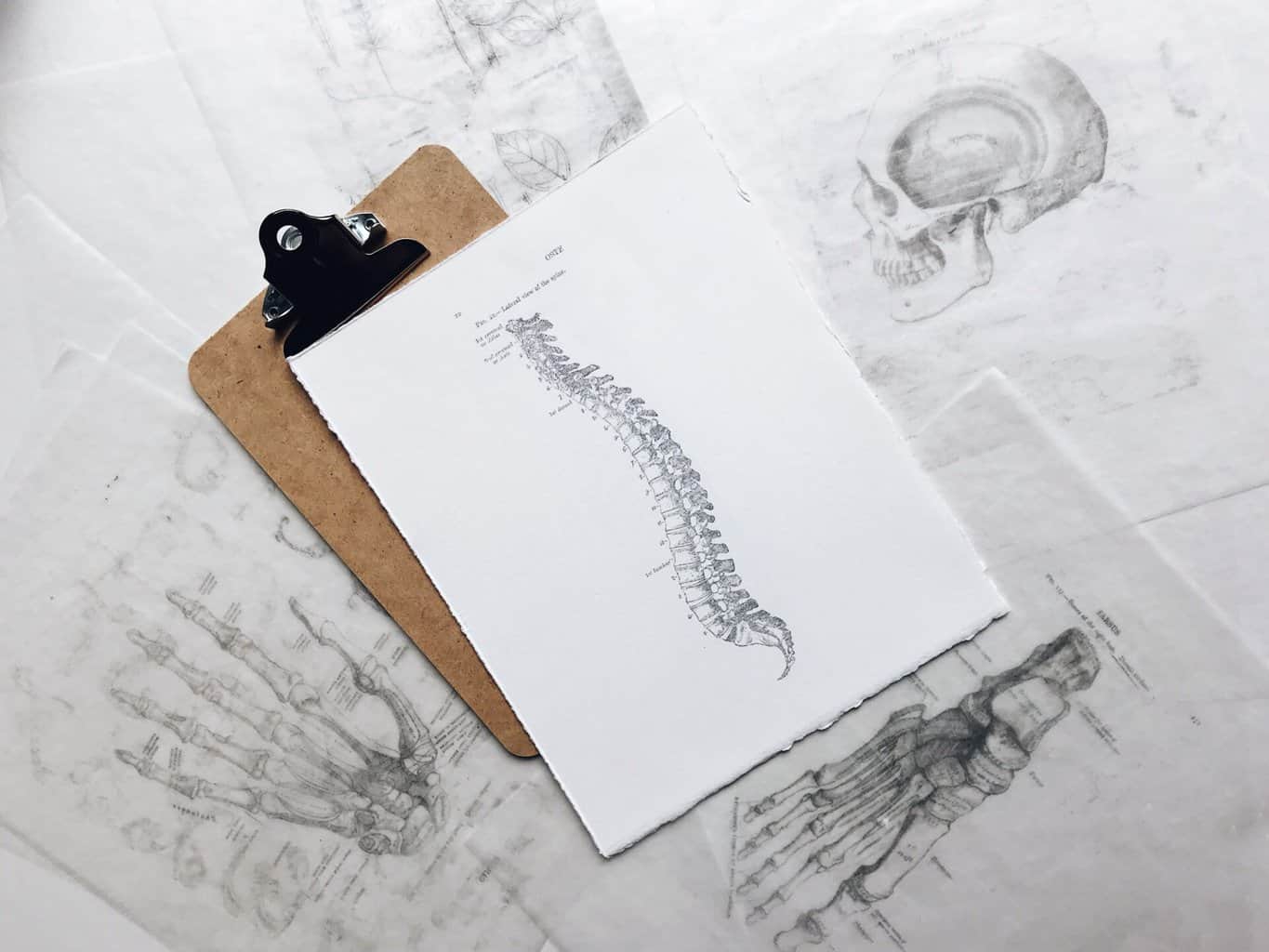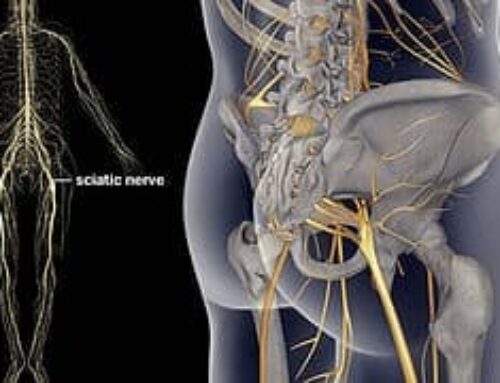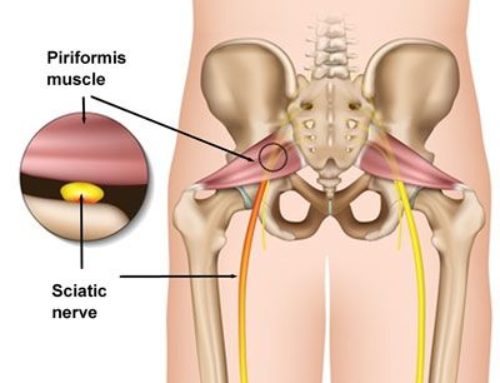If you’ve read our article “Which Is The Best Doctor For Sciatica?” you know a physical therapist should be anyone’s first stop when looking to resolve sciatic pain. But not all physical therapists are the same… here’s how to find a sciatica physical therapist who can actually help.
Sciatica can be tricky because it can have a variety of very different causes. To find effective treatment, you need to find a provider who has the expertise to diagnose the root cause of your pain no matter what that cause is.
It’s not enough to be an expert in treating all sciatica cases caused by the same thing. The first step requires a physical therapist who can correctly diagnose the cause first.
How to Find A Sciatica Physical Therapist
So how can you identify a physical therapist who can really help? The big differences here are that a good physical therapist will always set valid expectations in knowing, okay, if we try this treatment direction for one or two weeks here, we should expect to see specific changes. If we don’t see the changes that we want, a good sciatica physical therapist will reevaluate and change directions.
The PT should have three or four different treatment directions to try based on the symptoms and the behaviors of that pain. They should know when to quickly change direction or consult other providers when they’re not getting the expected outcomes from the first intervention.
Those are going to be the biggest differences between a good physical therapist and a great sciatica physical therapist: the ability to accurately diagnose and treat, and know what the expectation should be for when you should start feeling better so that they can switch directions if it’s not going as expected.
Why Does My Sciatica Keep Coming Back?
When it’s done correctly, the sciatica should start to reduce within the first two to three weeks of treatment. That’s just based on the inflammatory cycle. And then, as long as we’re identifying all the components that are relating to it, long term outcomes are going to be really great if you can commit to an entire strength and conditioning cycle, meaning the physical therapist is working with you to build strength in those under-used muscles for 12 to 16 weeks.
This way, when you get back to doing things like jumping and running and hopping and lifting weights and golfing and doing all those things, this pain doesn’t come back.
Sciatica over time will go away on its own. A lot of people get frustrated because it can come and go quite a bit. But when that happens, people tend to believe that when it’s gone, the problem that caused it is gone. Really, when it goes away, it’s just that the symptom has gone away for a while.
Can Cortisone Shots Fix Sciatica?
Even if it goes away because of an epidural or cortisone injection, it’s only going away temporarily because we’ve temporarily doused the inflammatory response, the movement patterns that still persist are likely going to bring it back again.
And this is what’s confusing for a lot of people. They can get an injection, it works for 5, 6, 7 years. And then eight years later, it comes back. And it’s because the cause hasn’t been fixed. The inflammation had just been reduced.
So what people will end up with is they’ll have sciatica once and then it’ll go away, and then it’ll come back a few years later, maybe it goes away again. But then it starts to become more and more persistent.
And that’s this Hallmark sign of a movement dysfunction causing sciatica.
When it comes to what daily activities could be causing sciatica, any movement that highlights whatever muscular dysfunction is there is going to bring it on. So if there’s muscular dysfunction, causing the joints to be compressed, then any activities like extension or walking downhill, or leaning backwards as you reach up over your head will irritate your sciatica.
But if you have muscular function that’s causing disc bulging, any coughing or sneezing or bending forward, or rounding of your back might cause the sciatica to flare up. So it does depend on which type of sciatica that you’re dealing with.
There could be muscular compression, so each time you take a step or each time you do a certain movement, the sciatica gets flared up. And yes, sciatica can happen to people of all ages.
Can Young People Get Sciatica Pain?
One of the most common misconceptions is that sciatica is something that only older people deal with. But younger people deal with it all the time, especially young new moms, they have sciatica related to the SI joint.
When a woman is pregnant or gives birth, hormones are released that relax their ligaments in the pelvic area to let the child pass through. This can cause instability in the SI joint. If there are already muscular dysfunctions in that area, they’ll be perpetuated during and after pregnancy,
Even kids can have sciatica, particularly if they’re involved in impact sports that can cause alterations to their pelvic position. They’re probably not going to be experiencing sciatica from spinal stenosis, but they could have a sciatica from a herniated disc, which can cause sciatic pain down the leg. So different types of sciatica can affect people of any age.
Again, sciatica is a big blanket term to indicate that somewhere along the sciatic nerve, you have inflammation. It’s up to the expert to figure out what kind of sciatica it is. Depending on the age of the individual, there are certain things that are more or less likely to have actually been causing their sciatica.







